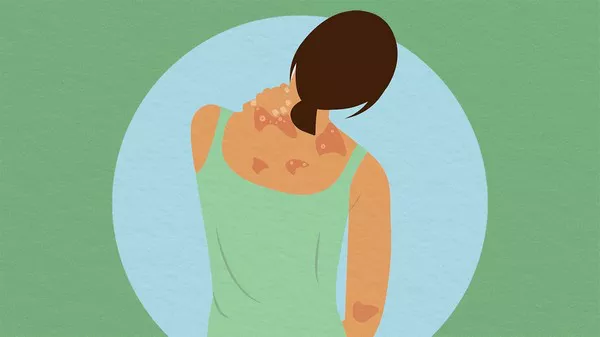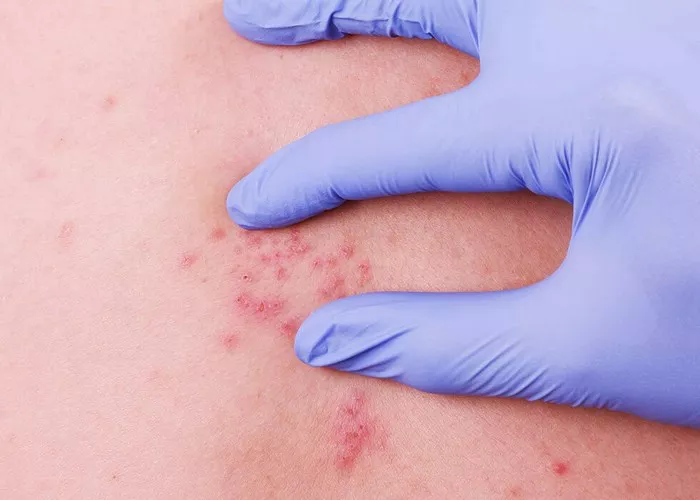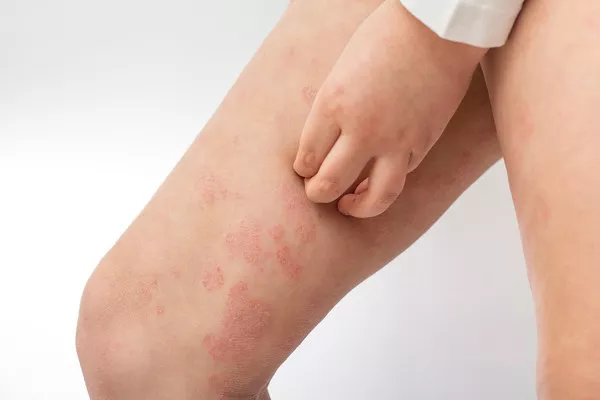Psoriatic arthritis (PsA) is a chronic inflammatory disease characterized by both joint and skin manifestations. It is a type of spondyloarthropathy, a group of inflammatory rheumatic diseases that cause arthritis. PsA occurs in individuals with psoriasis, a skin condition that causes red, scaly patches, although not all psoriasis patients develop PsA. The interplay between the immune system, genetic factors, and environmental triggers plays a critical role in the onset and progression of this complex disease. This article delves into the nature, symptoms, causes, diagnosis, treatment, and impact of psoriatic arthritis.
Understanding Psoriatic Arthritis
Psoriatic arthritis is an autoimmune disease where the body’s immune system mistakenly attacks healthy tissues, leading to inflammation primarily in the joints and skin. Unlike rheumatoid arthritis, which predominantly affects the small joints in a symmetrical pattern, PsA can affect any joint in an asymmetrical manner and often involves the spine and the sacroiliac joints.
Symptoms and Clinical Manifestations
Psoriatic arthritis presents with a variety of symptoms that can vary significantly among individuals. Common symptoms include:
1. Joint Pain and Stiffness: This is the hallmark of PsA, affecting any joint in the body, including the fingers, toes, knees, and spine. The pain is often accompanied by stiffness, particularly in the morning or after periods of inactivity.
2. Swelling: Swelling can be observed in both small and large joints, and in some cases, entire digits may swell, a condition known as dactylitis or “sausage digits.”
3. Skin and Nail Changes: PsA patients often have psoriasis, which is characterized by red, scaly skin patches. Nail changes such as pitting, discoloration, and separation from the nail bed are also common.
4. Fatigue: Chronic inflammation can lead to persistent fatigue, which significantly impacts the quality of life.
5. Enthesitis: This is the inflammation of the entheses, the sites where tendons or ligaments insert into the bone, causing pain and tenderness, especially in the heels and lower back.
6. Eye Inflammation: Some patients may develop uveitis, an inflammation of the eye that can cause redness, pain, and blurred vision.
Causes and Risk Factors
The exact cause of psoriatic arthritis remains unknown, but it is believed to result from a combination of genetic, immunological, and environmental factors. Key factors include:
1. Genetic Predisposition: Genetics play a significant role in PsA. Studies have shown that up to 40% of individuals with PsA have a family history of psoriasis or arthritis. Specific genes, such as HLA-B27, are associated with an increased risk.
2. Immune System Dysfunction: PsA is an autoimmune disease where the immune system erroneously attacks the body’s own tissues, leading to inflammation and joint damage.
3. Environmental Triggers: Infections, physical trauma, and stress can act as triggers in genetically predisposed individuals. For instance, streptococcal throat infections have been linked to the onset of psoriasis, which can precede PsA.
4. Lifestyle Factors: Obesity, smoking, and high levels of physical or emotional stress have been associated with an increased risk of developing PsA.
SEE ALSO: The 5 Best Urea Creams for Psoriasis
Diagnosis
Diagnosing psoriatic arthritis can be challenging due to its diverse manifestations and overlap with other types of arthritis, such as rheumatoid arthritis and osteoarthritis. A thorough clinical evaluation is essential, which includes:
1. Medical History and Physical Examination: The physician will inquire about the patient’s medical history, family history of psoriasis or arthritis, and symptoms. A physical examination will focus on the skin, nails, and joints.
2. Imaging Studies: X-rays, MRI, and ultrasound can help identify joint damage, inflammation, and characteristic features of PsA, such as joint erosions and new bone formation.
3. Laboratory Tests: Blood tests may be conducted to rule out other conditions and check for markers of inflammation, such as C-reactive protein (CRP) and erythrocyte sedimentation rate (ESR). Rheumatoid factor (RF) and anti-cyclic citrullinated peptide (anti-CCP) antibodies are typically negative in PsA.
4. Classification Criteria: The Classification Criteria for Psoriatic Arthritis (CASPAR) can assist in diagnosis. These criteria consider clinical features, laboratory tests, and imaging findings to confirm the diagnosis.
Treatment
The treatment of psoriatic arthritis aims to relieve symptoms, improve quality of life, and prevent joint damage. Treatment plans are tailored to the individual, considering the severity of the disease, the affected joints, and the presence of skin symptoms. Common treatment options include:
1. Nonsteroidal Anti-Inflammatory Drugs (NSAIDs): These medications help reduce pain and inflammation. Examples include ibuprofen and naproxen.
2. Disease-Modifying Antirheumatic Drugs (DMARDs): DMARDs, such as methotrexate, sulfasalazine, and leflunomide, are used to slow disease progression and prevent joint damage.
3. Biologic Agents: These are newer medications that target specific components of the immune system. Tumor necrosis factor (TNF) inhibitors (e.g., adalimumab, etanercept) and interleukin inhibitors (e.g., secukinumab, ustekinumab) have shown efficacy in treating PsA.
4. Janus Kinase (JAK) Inhibitors: These oral medications, such as tofacitinib, work by inhibiting pathways involved in the immune response.
5. Corticosteroids: Oral or injectable corticosteroids may be used for short-term relief of severe symptoms.
6. Physical Therapy and Exercise: A tailored exercise program can help maintain joint flexibility, muscle strength, and overall physical function.
7. Lifestyle Modifications: Weight management, smoking cessation, and stress reduction are important components of managing PsA.
8. Surgery: In severe cases with significant joint damage, surgical interventions such as joint replacement may be necessary.
Impact on Quality of Life
Psoriatic arthritis can have a profound impact on a patient’s quality of life. The chronic pain, stiffness, and fatigue associated with the disease can lead to physical limitations, affecting daily activities and work productivity. Skin symptoms can cause social and emotional distress, leading to anxiety, depression, and social isolation.
Patients with PsA often face challenges in managing both the physical and psychological aspects of the disease. Multidisciplinary care involving rheumatologists, dermatologists, physical therapists, and mental health professionals is crucial to address the comprehensive needs of these patients.
Current Research and Future Directions
Research in psoriatic arthritis is ongoing, with the aim of improving diagnosis, treatment, and understanding of the disease mechanisms. Current areas of focus include:
1. Biomarkers: Identifying biomarkers that can predict disease onset, progression, and response to treatment is a major area of research. This can lead to more personalized and effective treatment strategies.
2. Genetic Studies: Understanding the genetic basis of PsA can provide insights into the disease mechanisms and potential targets for new therapies.
3. New Therapeutics: Development of novel biologic agents and small molecules that target specific pathways involved in the inflammatory process is a promising area. Clinical trials are ongoing to assess the safety and efficacy of these new treatments.
4. Patient-Reported Outcomes: Incorporating patient-reported outcomes in clinical practice and research can provide a better understanding of the impact of PsA on patients’ lives and guide treatment decisions.
Conclusion
Psoriatic arthritis is a multifaceted disease that poses significant challenges for patients and healthcare providers. Understanding the complex interplay of genetic, immunological, and environmental factors is crucial for effective management. Advances in diagnostic tools and treatment options offer hope for improved outcomes and quality of life for individuals living with PsA. Ongoing research continues to unravel the intricacies of this disease, paving the way for more targeted and personalized therapeutic approaches. As our knowledge grows, so does our ability to support those affected by psoriatic arthritis in leading healthier, more fulfilling lives.
Related Topics:


























